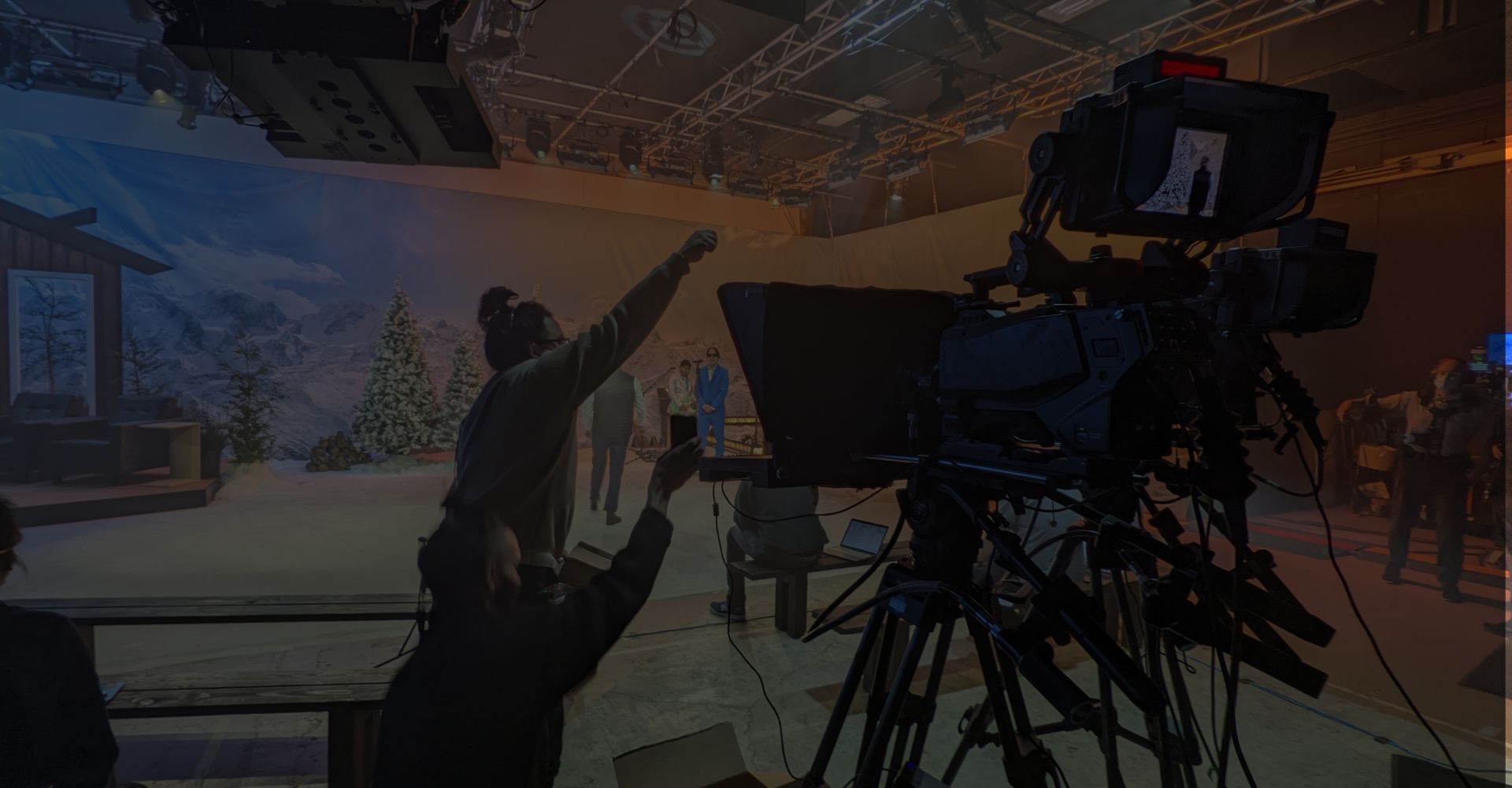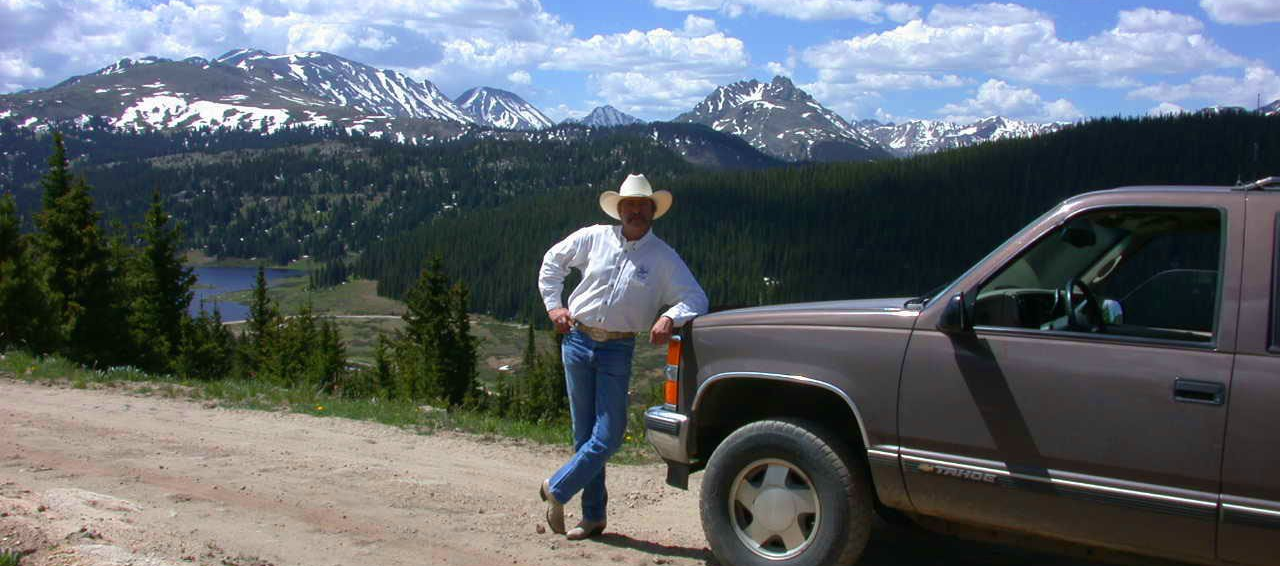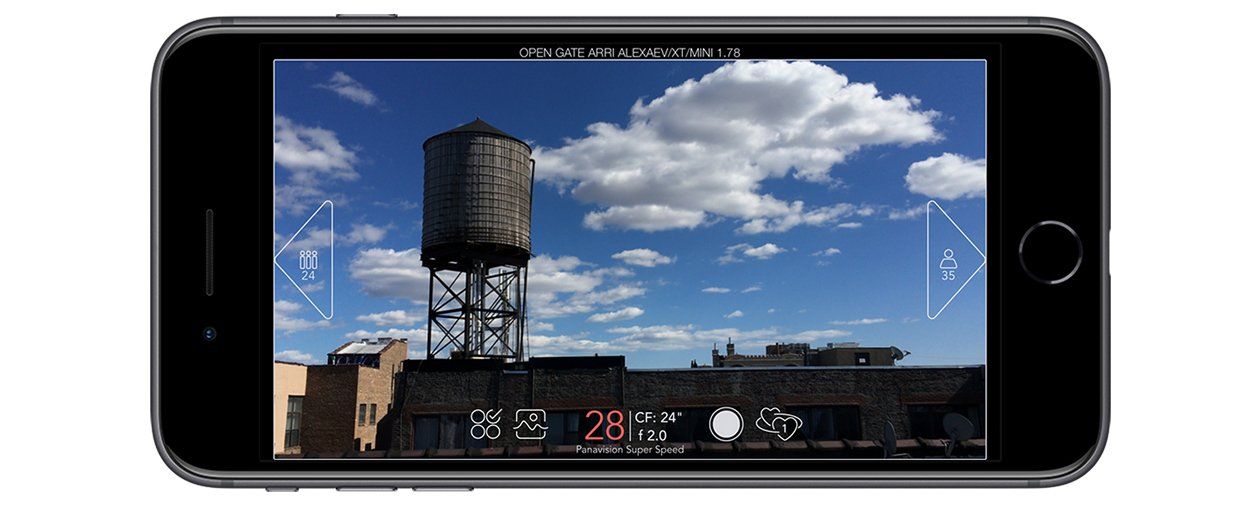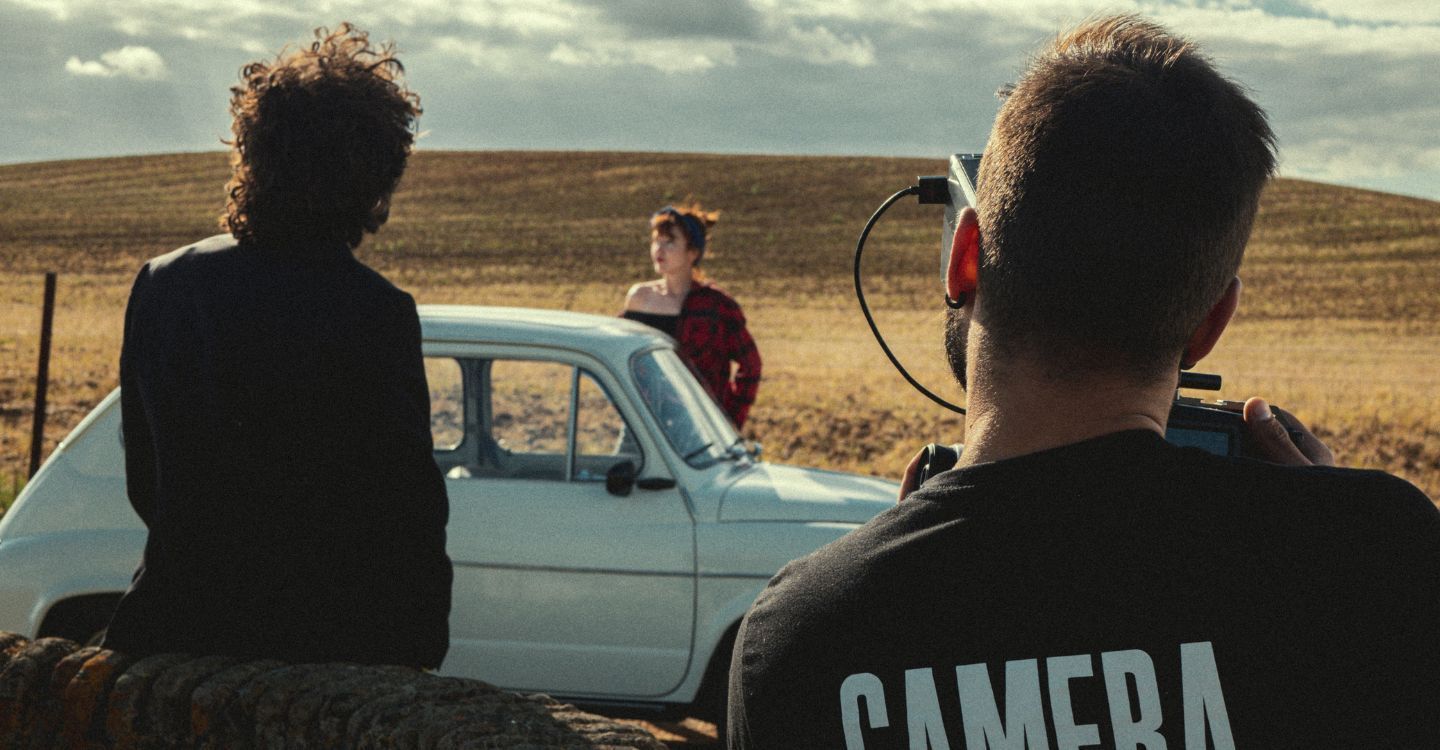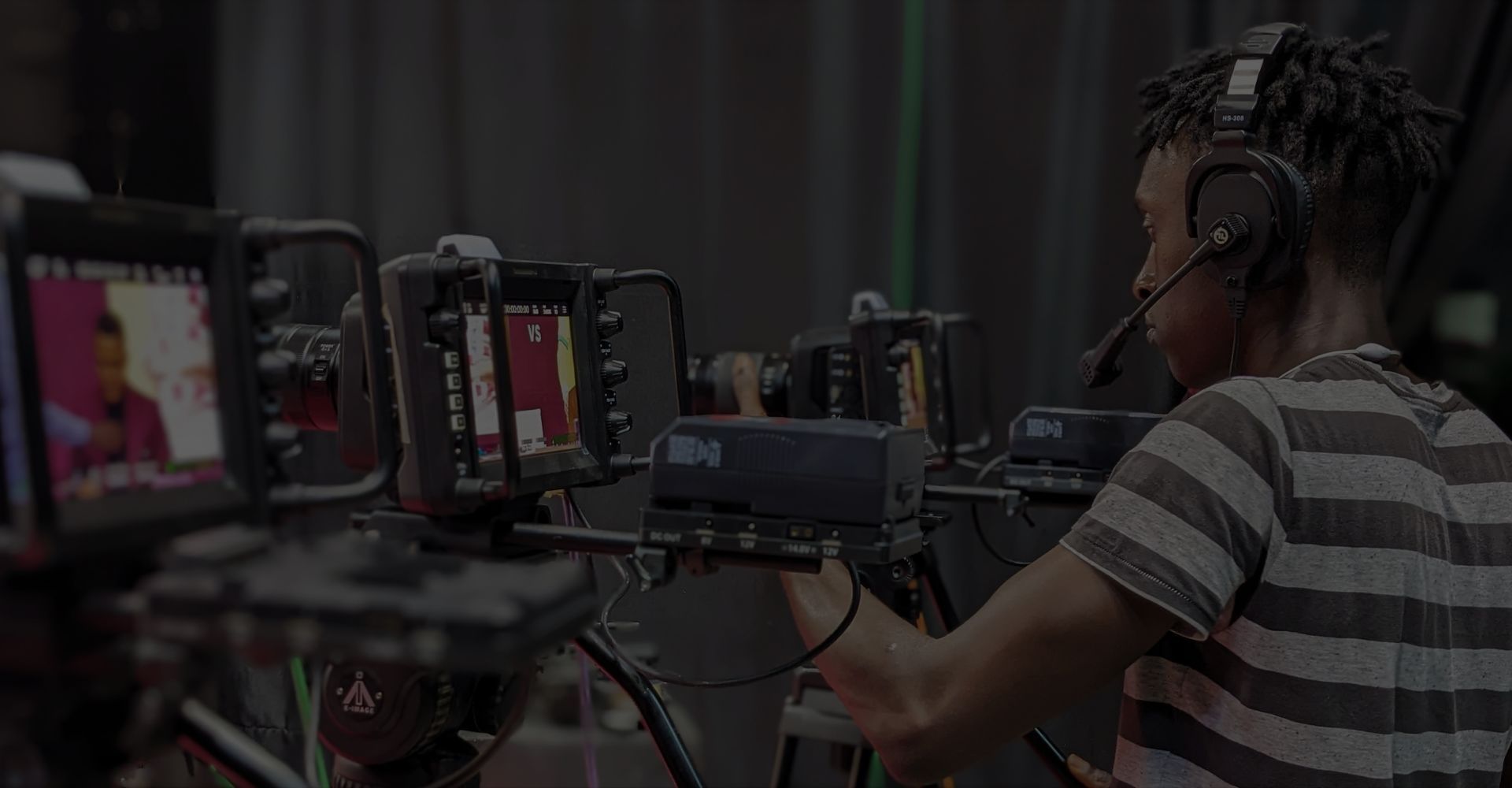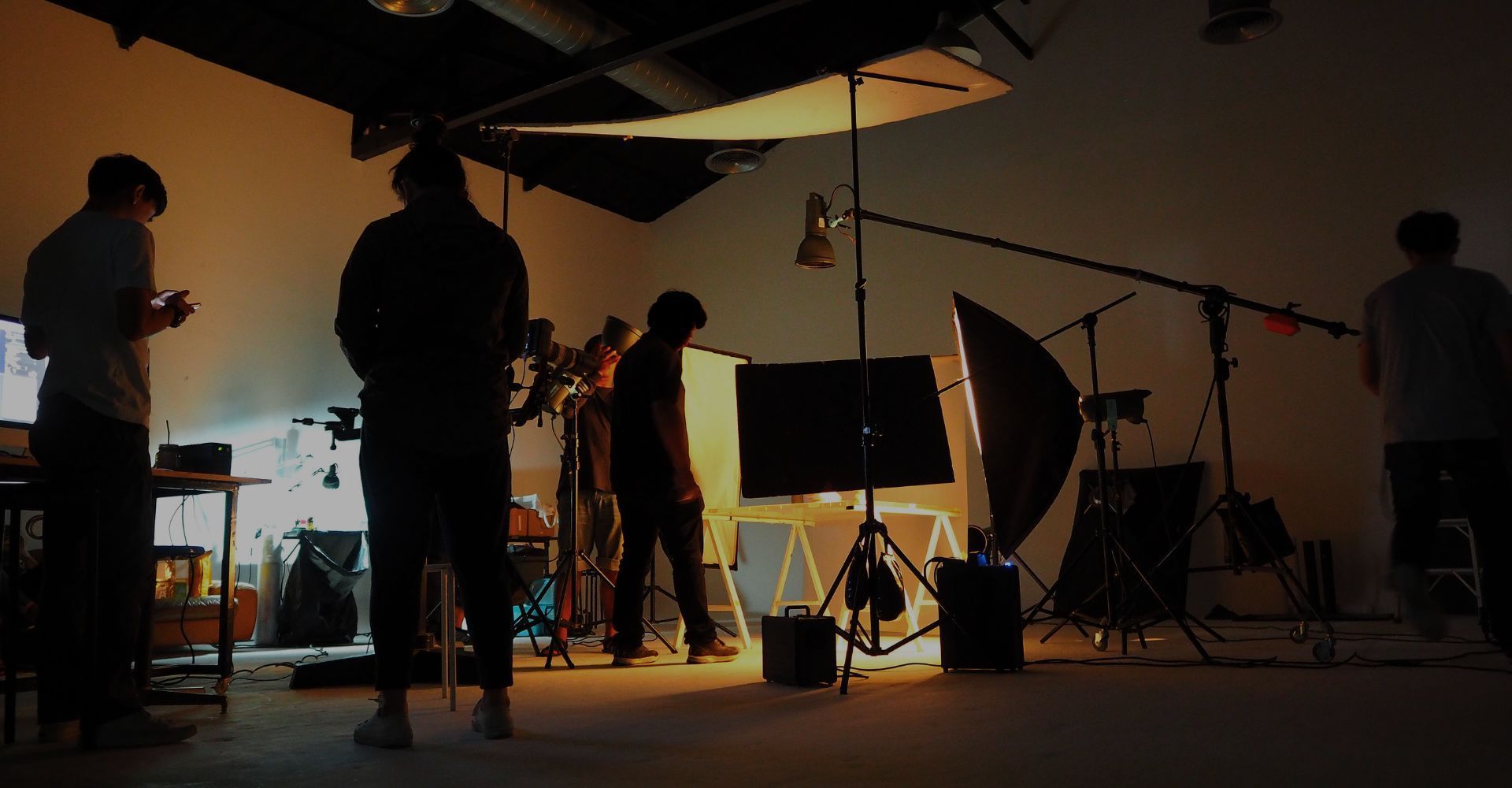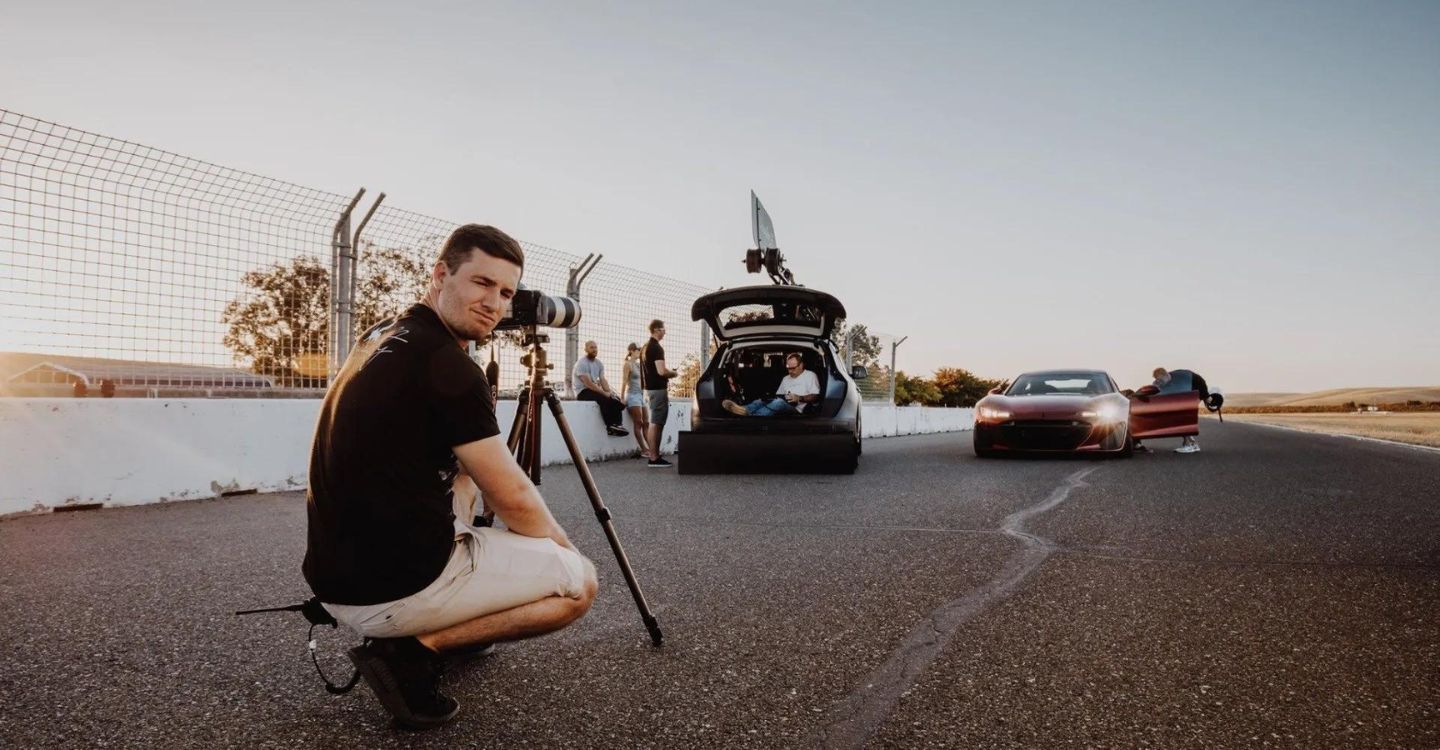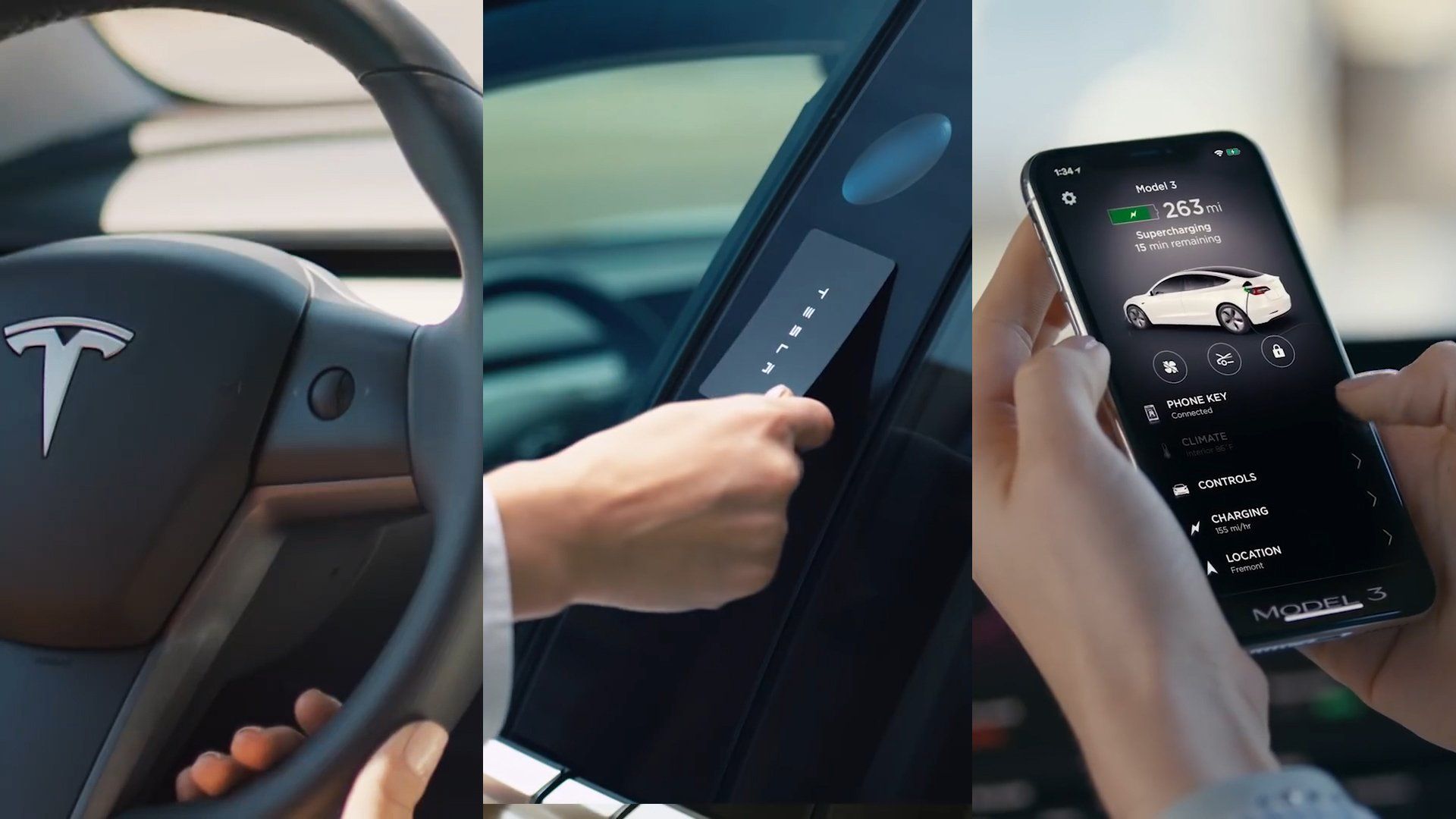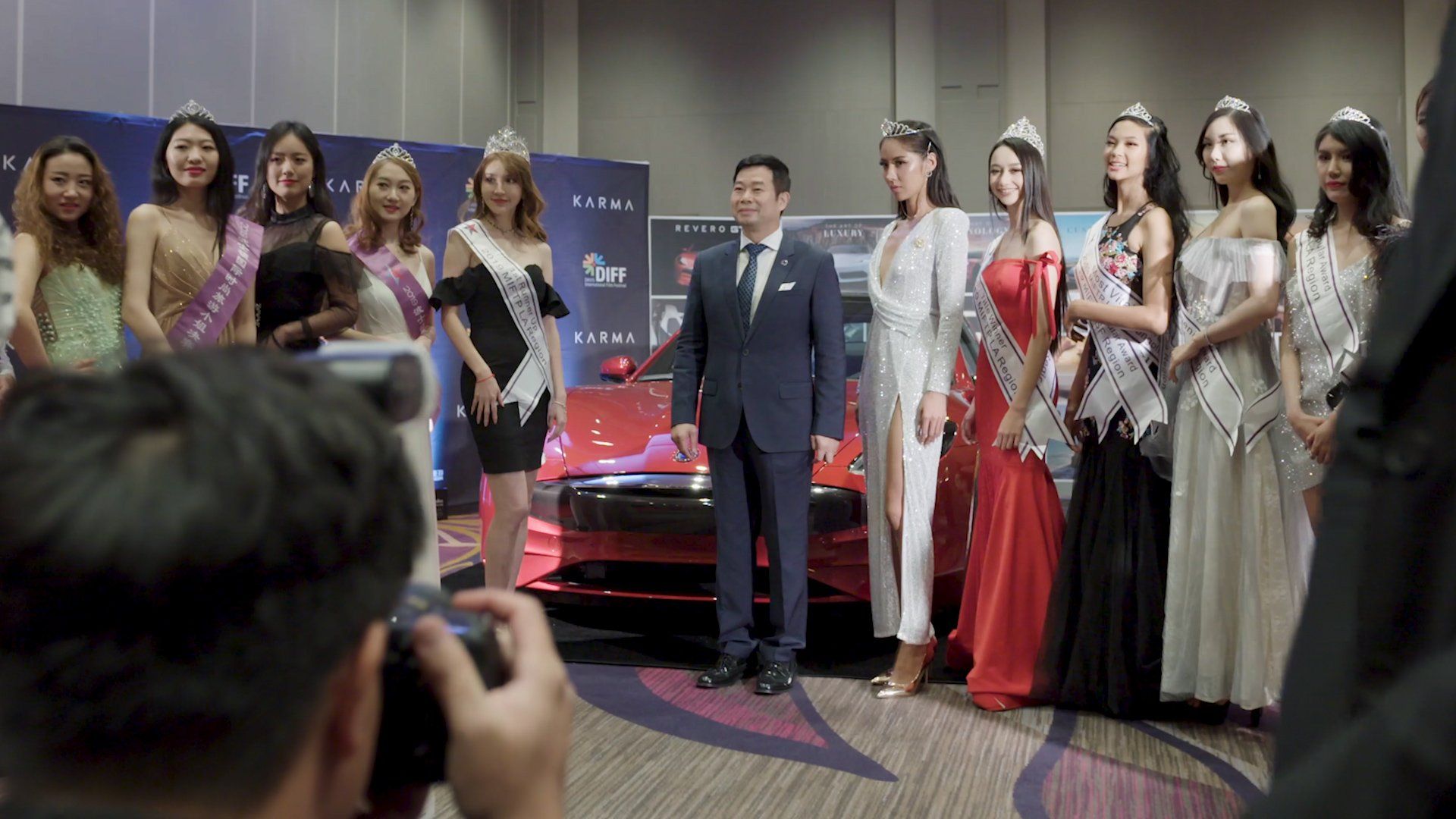Location Scouting for Video Production
Locations, Locations, Locations!
If you're not familiar with location scouting, it's part of the pre-production process and something every video project goes through when it needs a practical location. A practical location is any location that is real and not a stage or backlot.
So where do you begin with location scouting? No easy answer, it all depends on the need of the project, the project's budget, possibly the time of year and other factors (especially where your sun and shadows will be!). But the first step is reaching out to a local Location Scout or Location Manager. These roles, oftentimes synonymous to a certain degree, are the experts to work with to help you find location options. Often times these are people with decades of production experience and extensive knowledge of their areas who have found, scouted, arranged and managed locations for an ample amount of productions.
We begin by looking up Location Scouts/Managers on a local Film Commission website. Typically every state will have a Film Commission (sometimes County's and City's do too) and on their website and they list a ton of crew that reside in their state.
It's sometimes of a hit or miss with how many people are listed and how many recent projects the local crew have listed, but it's a great starting point. IMDB is great too! We try and find a scout/manager who has done automotive projects before and reach out to them to find out more. Here's a picture of the first Location Scout/Manager we worked with - Brooke Johnson in Colorado.
Once we reach out, we explain the project a little, the type of locations or looks we're looking for and the location scout/managers availability. From their, we like to do what's called a "File Pull", that's where the scout/manager will send you a link to previous locations they have scouted and saved in their database. This is a great place to start to get an idea of the locations, the roads, etc... From there we find some locations we like and ask to have other similar locations scouted.
The project then moves to the actual scouting. This is where your scout/manager will go take current scout photos of your location selects and new locations. This enables you to see what the location looks like this time of year, and if there are any issues (such as road work, roads are snowed in, the business closed, the parking lot is being repaved, etc...) that prevent that location from being viable.
On these scouts, it's ideal that the Director & Director of Photography of the project go along for the scout or do a follow-up scout with the location scout/manager. From there you choose the location(s), chose your dates, permit and ideally the same location scout/manager stays on your project as your Location Manager to facilitate that aspect of production.
That's a look at the scouting process to find locations. Now here are some of my techniques, tools, and apps we like to use when scouting directly or with a location scout.
Planet has the latest satellite images, sometimes even from just a few days prior. It's a great online tool to research the landscapes, find the ideal colors for fall and spring, find snow and when/where it's most ample during what time of the year.
This app is amazing for you to walk away from any location with a ton of pre-viz and data. Not only is it a great way to capture the angles you like, you can also set it to simulate the camera you plan to use so you can get reference lensing for the angles and areas you might want to shoot later.
Helios Pro has become our savior when it comes to location scouting. This app has tons of features, with such a simple UI, you can pretty much show up to a location in the dead of night and still walk away with all the sun and shadow data you need to plan your shoot with.
The pro version enables you to visualize locations as 3D renders on the fly and move the sun through the day to see where the sun and shadows are. Don't want to sit on top of the rooftop parking structure for another 2 hours? BAM, simulate and see when and where the sun is cut off by the building across the way. Want to place a model in the frame and find the best positioning? Done. Want to take photos with sun data overlaid? Done. It has a ton more useful features.
We always take a drone with us on every scout. (Disclaimer alert! Check the local laws and jurisdictions before flying) The Mavic Pro series is compact, the battery lasts about 25min, the camera is superb and has tons of features. For driving footage projects, we'll throw it up and try and nab some passing cars to get some simple angles and feel out the type of flight paths and maneuvers a location offers. Just having that aerial perspective puts the location into a whole new understanding for you and a way better way for reviewing in a presentation.
Beyond that, this drone has the ability to shoot (and stitch!!) 360 panoramas in ~30 seconds. We've found this immensely helpful for reviewing the location for planning and logistics.
This is the first camera we say that got 360 right. It’s easy to use, sends a low res preview to your phone, shoots in ProTune and has easy to use software to process the 360. Fair warning: it's processing intensive to render 360 videos, but well worth it! Plan to cook the files overnight. When we're scouting for a road location, we now suction it on the top of a car and record the entire roads drive in both directions and output a master 360 file. We'll use this for planning and prep to better understand where we want to be, when, what maneuver and find little things like mile markers, signs and other things along the road that may be a visual impediment we need to work around or avoid.
